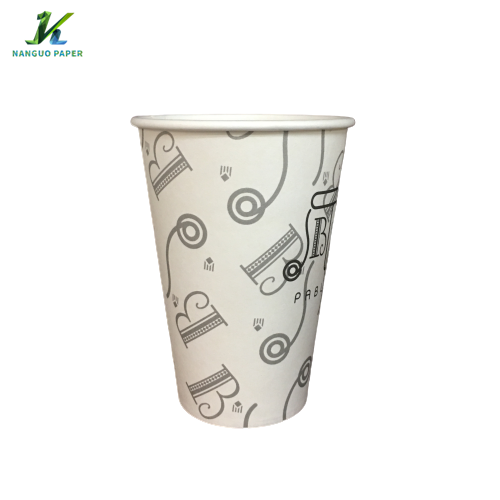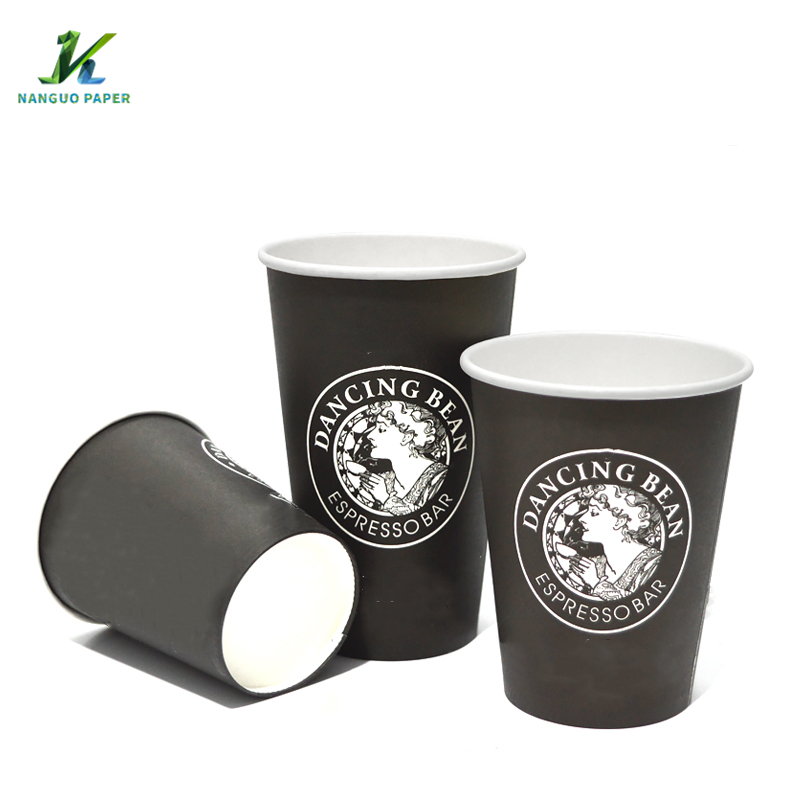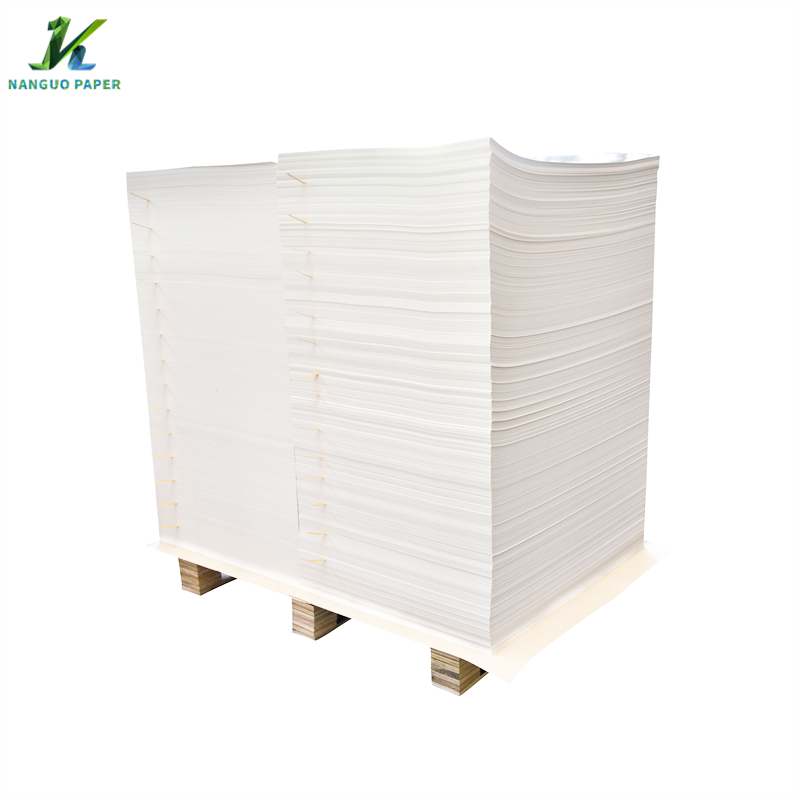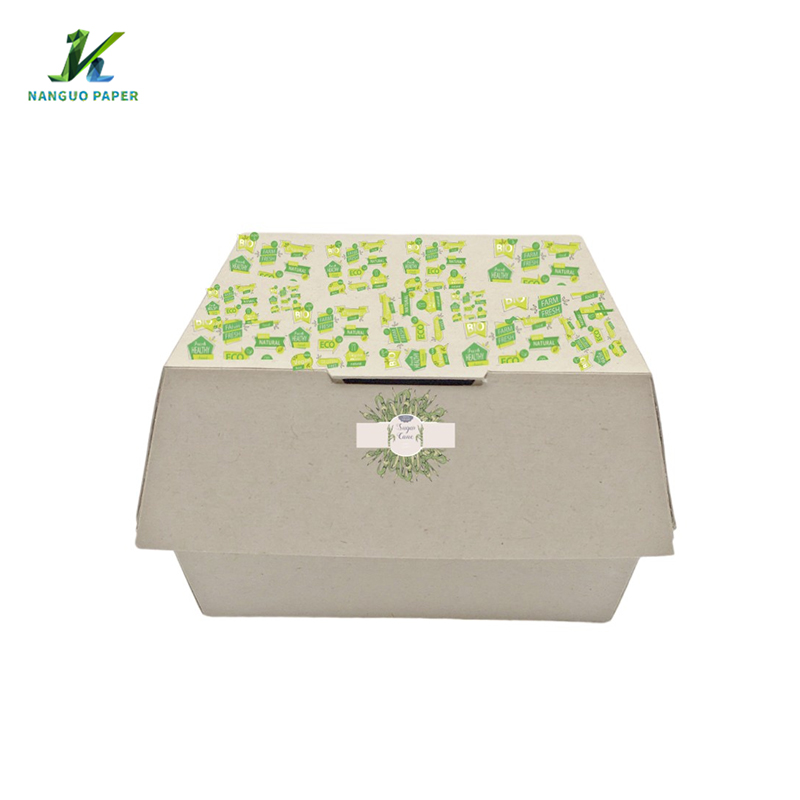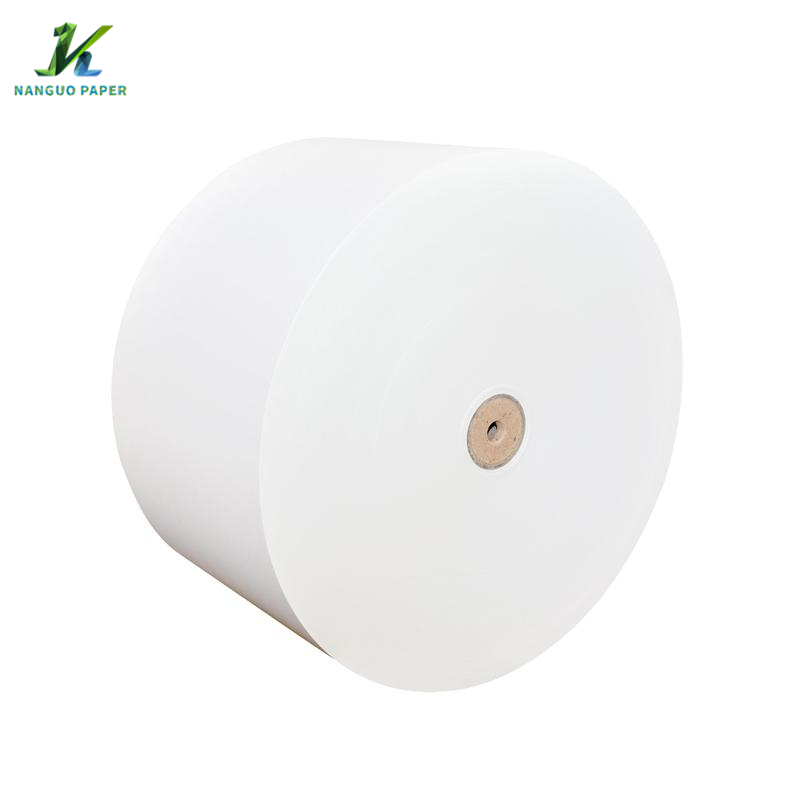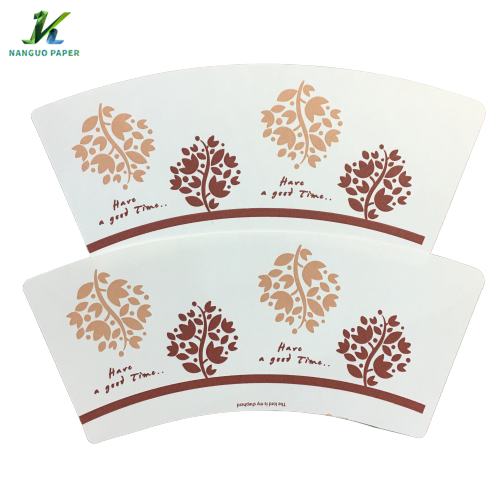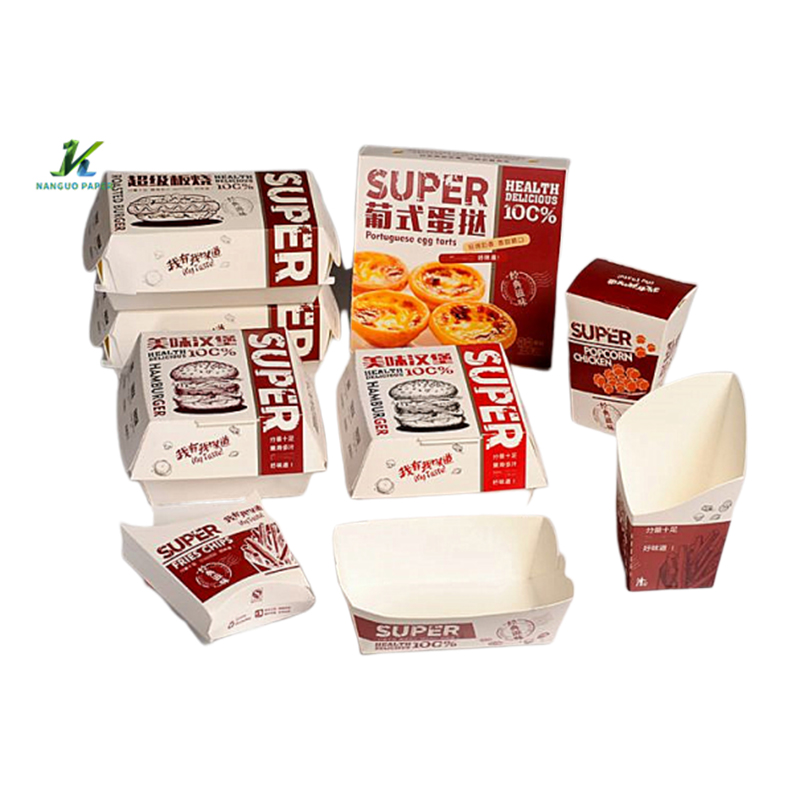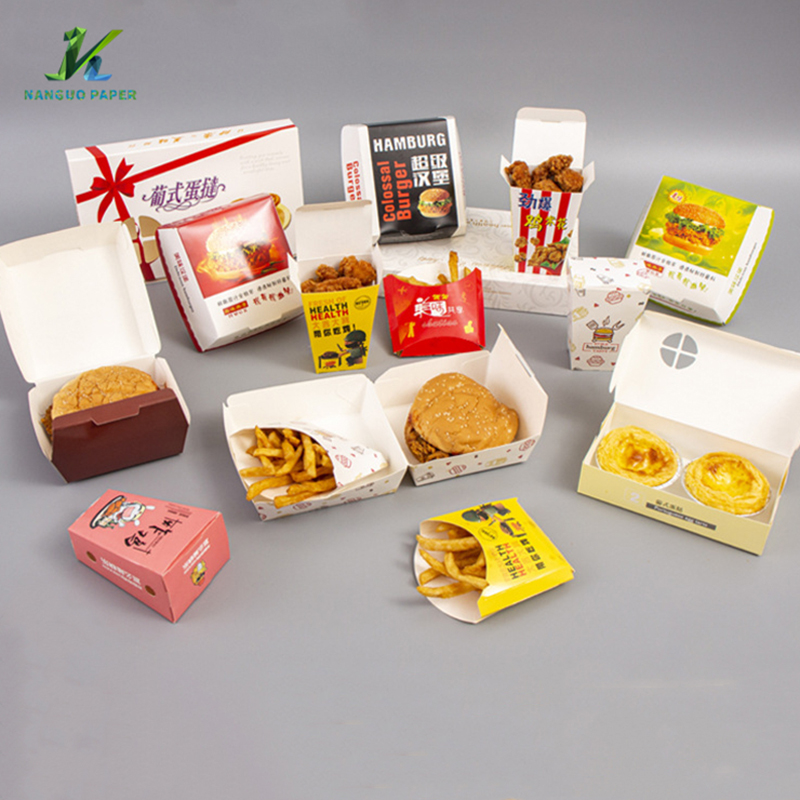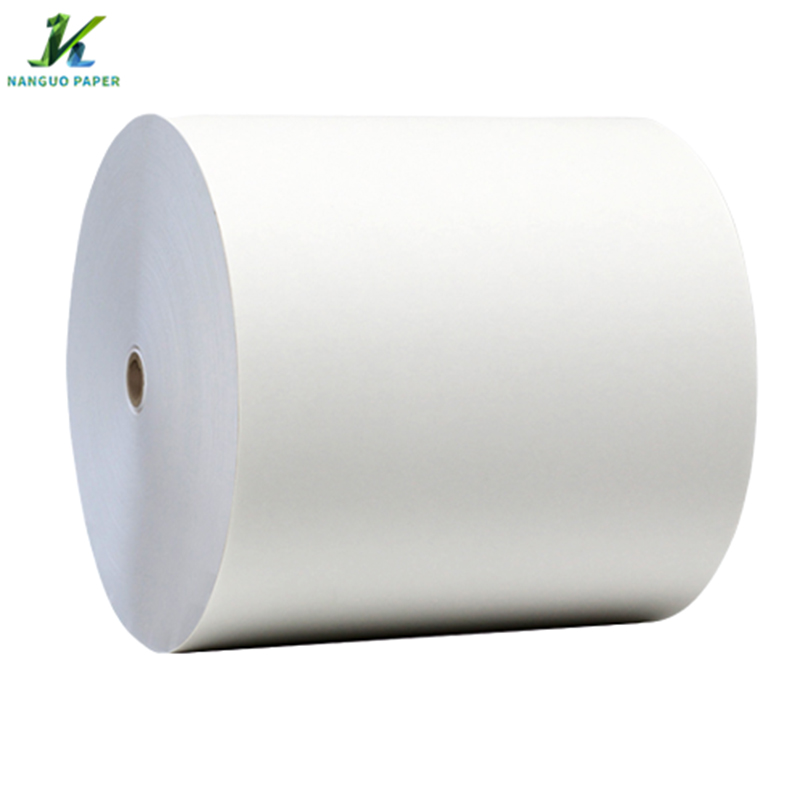Raw Material For Paper Cups - Manufacturers, Suppliers, Factory from China
Disposable paper cups are consumed in huge quantities in everyday life, so it is important to choose a raw material that has a lower environmental impact. The manufacturing process of wood pulp paper cups requires the felling of large numbers of trees, which can lead to the depletion of forest resources and the destruction of ecosystems. However, paper cups made from sugarcane pulp avoid this problem because it does not require the cutting down of a single tree. Instead, sugarcane pulp is a by-product of sugarcane processing that is usually discarded or incinerated. However, using this waste to make paper cups can minimize resource waste and environmental pollution. Raw Material For Paper Cups, Designing Sustainable Packaging , Eco Friendly Food Delivery Packaging , Eco Friendly Food Packaging ,Non Eco Friendly Packaging . Highly renewable: The residue left over from the sugarcane pulp paper manufacturing process can be used as biomass fuel, soil conditioner or fertilizer. This recycling method further improves the environmental protection of sugarcane pulp paper. In contrast, the production of wood pulp and bamboo pulp paper typically generates large amounts of waste and pollutants, negatively impacting the environment. The product will supply to all over the world, such as Europe, America, Australia,Surabaya, Oman,Croatia, Brazil.Dear readers, Earth Day is coming. This is an important day for us to pay attention to the global environment and protect our homeland. To celebrate this special occasion, we’re spotlighting innovations in sustainable packaging materials, with a special focus on the manufacturing and recycling of tree-free cardboard. Traditional paperboard materials mainly use wood pulp as raw material, which puts huge pressure on forest resources. However, with the rise of the concept of sustainable development, more and more companies and scientific research institutions are exploring the use of alternative raw materials. Among them, tree-free cardboard manufacturing technology represented by sugar cane waste has attracted much attention. Tree-free cardboard is a packaging material made from plant materials such as sugar cane waste. Its production does not require cutting down trees and has less impact on the global environment. Moreover, producing tree-free cardboard requires relatively less energy and water resources, reducing the burden on the environment. By using this sustainable packaging material, we can better protect forest resources and maintain ecological balance. Recycled cardboard is also an important part of Earth Day’s theme of sustainable packaging materials. Cardboard recycled together with other mixed paper can further reduce resource consumption and reduce environmental pollution. Recycled cardboard is simply processed during the recycling process and can be converted into pulp and used again to make paper. This sustainable recycling process maximizes resource use while reducing waste accumulation, creating a more sustainable future for our environment. In addition, cardboard scraps and post-consumer cardboard packaging can also be re-converted into pulp to create more paper. This not only reduces waste generation but also provides a sustainable source of raw materials for paper production. By advancing this recycling process, we can reduce deforestation, reduce pressure on the environment and further promote the development of a circular economy. In this era of rapid technological advancement, research and innovation in sustainable packaging materials have made tremendous progress, and the application of tree-free cardboard is gradually becoming a mainstream trend in the industry. However, we still face some challenges, such as increased manufacturing costs, market penetration, etc., but through the efforts of each of us and a change in consciousness, we can move towards a more sustainable future together. On this special day, Earth Day, let’s come together and work together to use sustainable packaging materials and support the production and recycling of tree-free cardboard. Let us take practical actions to protect the earth and create a better and sustainable future. Let us join hands and shout for the earth: Sustainable packaging, I will act!
Related Products





